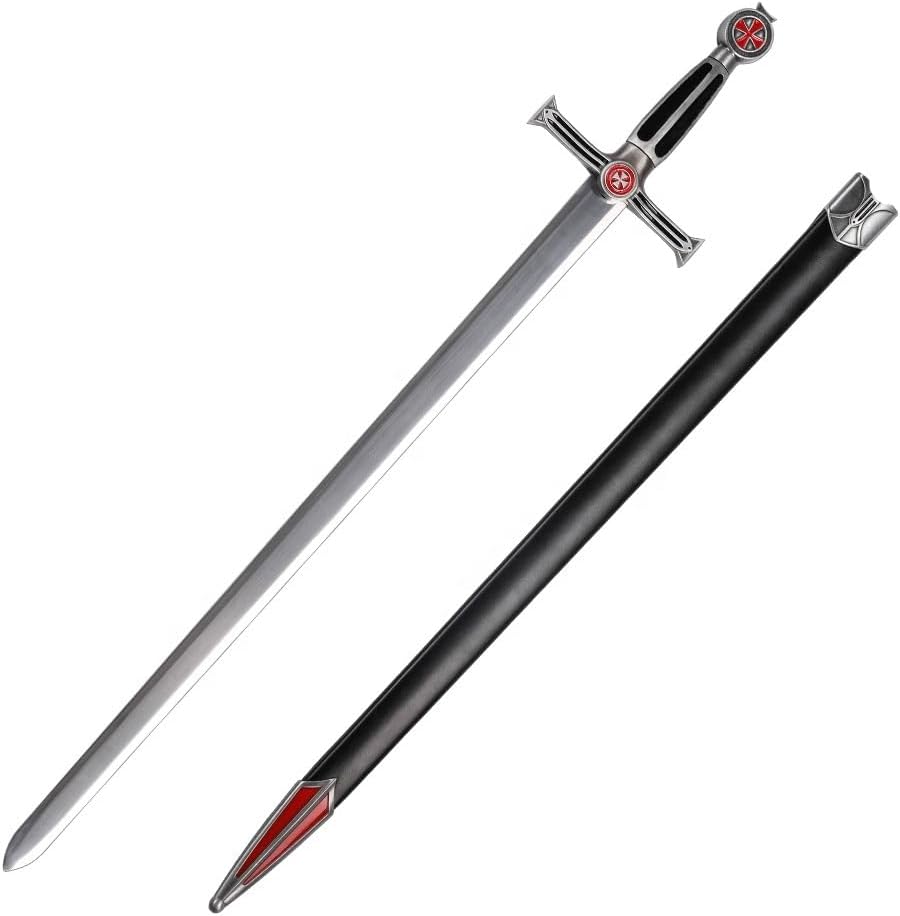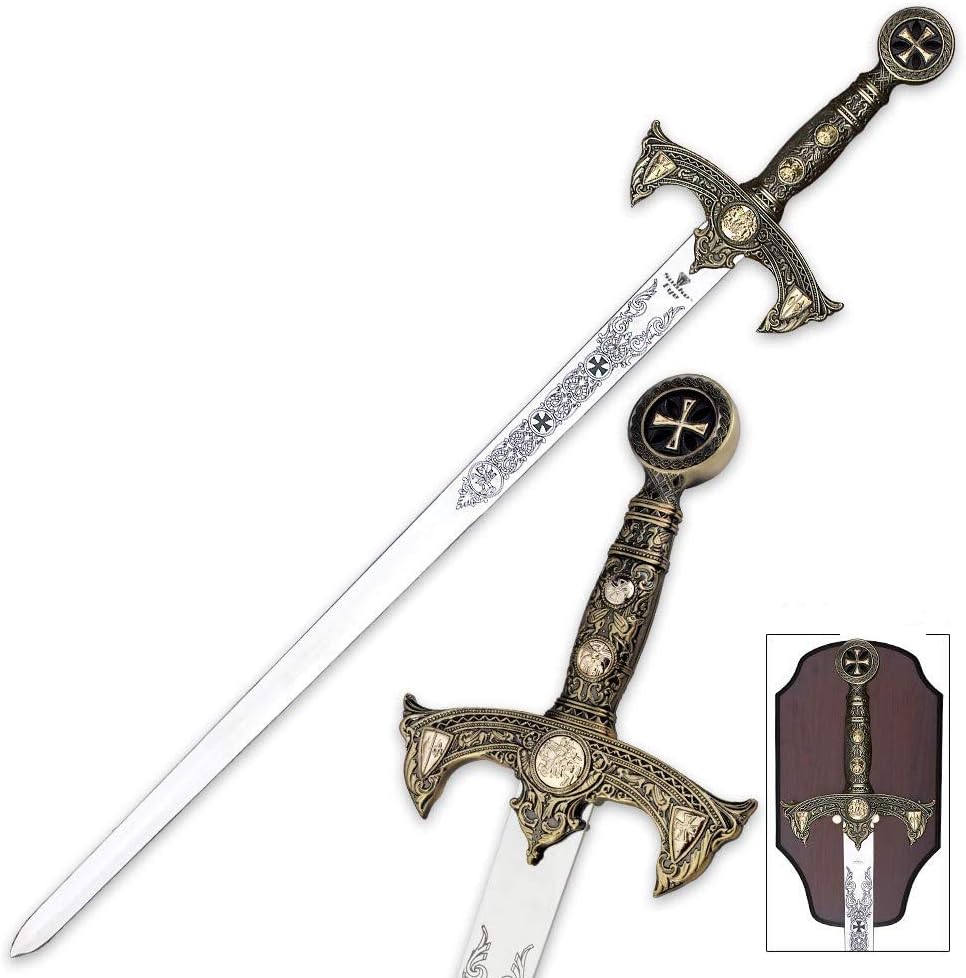~ Medieval Longsword ~
Longsword
What it is:
-
A larger sword, usually meant for two-hands (or “hand-and-a-half”) with a longer grip.
-
Blade lengths ~90-110 cm (35-43 in), overall longer with grip/pommel.
-
Weight somewhere around 1.2-1.8 kg or more, depending on style.
Design & evolution:
-
Straight, double-edged, tapering towards a strong point for thrusts. Crossguards and pommels sturdy.
-
Varieties: some are “leaner” and thrust-oriented (narrower cross-section, stiffer blade) especially in later medieval / early renaissance. Others more balanced for slashing + cutting as well.
Usage:
-
Two-handed use gives more leverage: longer reach, heavier strikes. Good for both cutting and thrusting.
-
Techniques often include half-swording (gripping part of the blade to thrust with tip or use pommel/crossguard as striking surfaces). Especially useful vs armoured opponents.
Pros & Cons:
| Pros | Cons |
|---|---|
| Greater reach and leverage → more forceful strikes and thrusts | More unwieldy in tight spaces or heavily crowded fights |
| Good against well-armoured foes, thanks to stiff blades and thrusting ability | Slower recovery and heavier to swing; more tiring over time |
| Can engage multiple types of opponents (infantry, mounted, armoured) | Less suited for fast, one-handed parries compared to lighter weapons |



